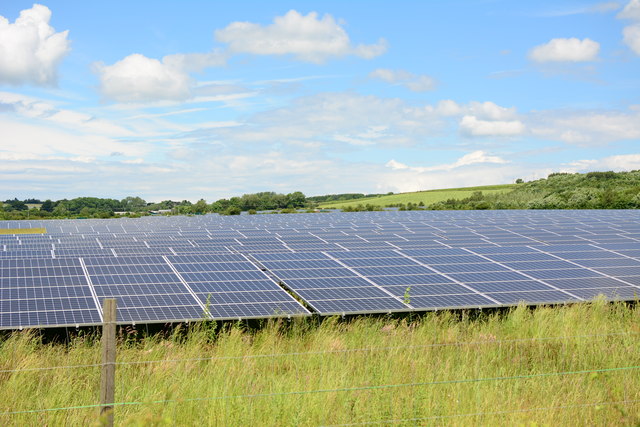
A decision by Ireland’s energy regulator is set to free up grid capacity for solar projects as well as open the door for accelerated deployment of storage assets alongside new solar developments.
The Commission for Energy Regulation (CER) last week published its response to a consultation launched late last year which sought to identify ways to help transition to a new enduring connection policy, which has yet to be announced.
CER has now confirmed that it will take forward two key proposals from the consultation, including plans to allow contracted projects to terminate their connection agreement if they meet the eligibility criteria.
In exchange, the system operators will refund the contracted party 80% of its first stage payment and a termination fee will not be applied.
Contracted parties must submit a completed formal application to the relevant system operator within four months which cannot be withdrawn once submitted.
This is likely to attract the most interest from wind projects, of which CER claims there is 3.5GW contracted for connection, in addition to around 1.5GW of further submitted wind applications. This is compared to just 90MW of contracted solar capacity.
Many of the wind projects are thought to have struggled to secure planning permission and have therefore become stranded within the queue. CER’s ruling will allow them to pull out and regain a significant proportion of the finance used in their development, freeing up capacity on the grid.
This could be used for the 4.3GW of solar applications submitted through the market’s non-group processing approach (GPA) process.
David Maguire, chairman of the Irish Solar Energy Association (ISEA), told Solar Power Portal: “The release of stranded projects is key and quite valuable as there is significant capacity held up in the system. This could aid the deployment of all renewable technologies materially and is a very sensible solution to maximising existing grid capacity.”
The second proposal to be taken forward by CER will see certain providers of what are known as DS3 services prioritised for a connection offer under the non-GPA process during the transitional period.
The DS3 programme stands for “delivering a secure, sustainable electricity system” and aims to ensure that the Republic of Ireland can securely operate the power system with higher volumes of renewable generation, such as wind and solar.
The aim of this proposal is to bring down curtailment and so DS3 priority connection status will not apply to either new or existing wind or solar technologies. CER claims this is due to increased curtailment brought on by the addition of non- synchronous generation like solar; the existing connection procedures for these technologies; and the scale of applications already received for these projects which “far exceeds what can be practically and effectively delivered”.
However, the consultation response adds that a solar generator will be eligible for DS3 prioritisation if it installs a different type of technology and increases its maximum export capacity in order to provide DS3 system services.
This means that new solar applications incorporating storage, which would render the energy generated to become flexible and dispatchable, would have priority access to all available capacity, not only the capacity released under these transitional arrangements.
This would potentially allow these new projects to jump ahead of the current backlog of solar and wind applications in Ireland.
According to a spokesperson for CER, the implementation of these transitional arrangements is dependent on the development of the prioritisation process by Ireland’s system operators, ESB Networks and EirGrid.
Gosia Sadowska, electricity transmission analyst for CER, said: “We noted that it should be submitted to the commission in a timely manner so we expect them to do it within a couple of months.”
“They need to work together and that takes a bit more time than if it was just one of them. But we will hope this will align with the timelines for the DS3 programme so that it wouldn't block any potential DS3 providers from actually taking part in the qualification try outs or the central procurement.”
Additional contribution from Lauren Cook.

